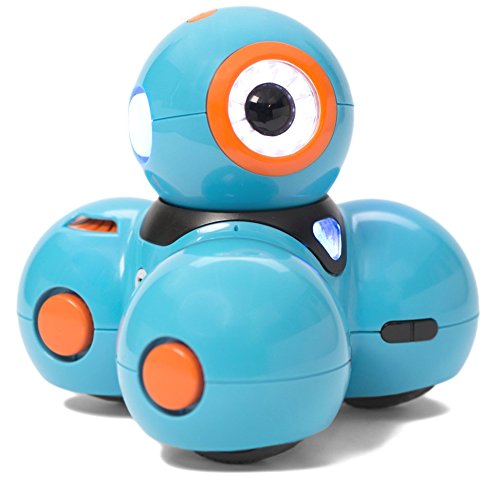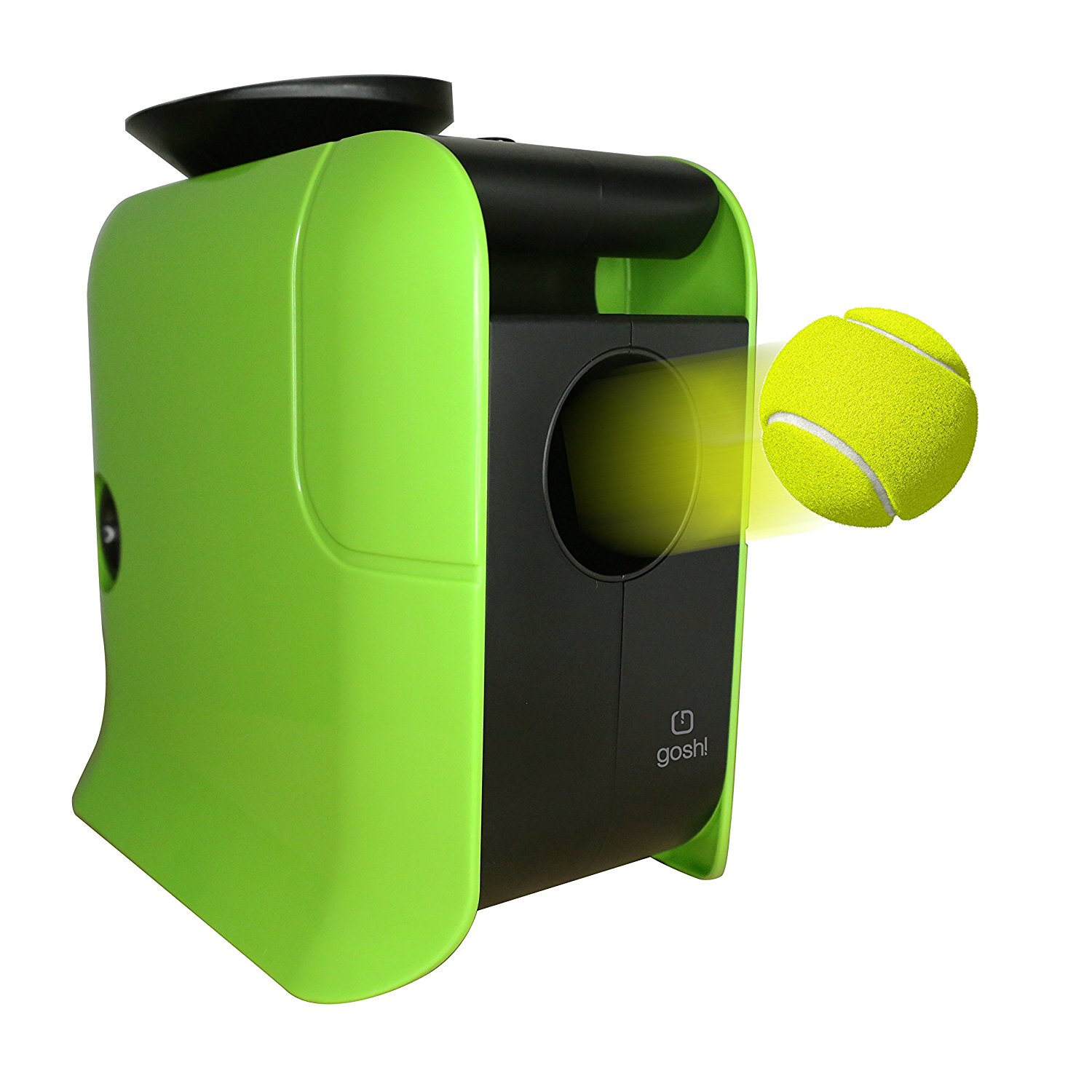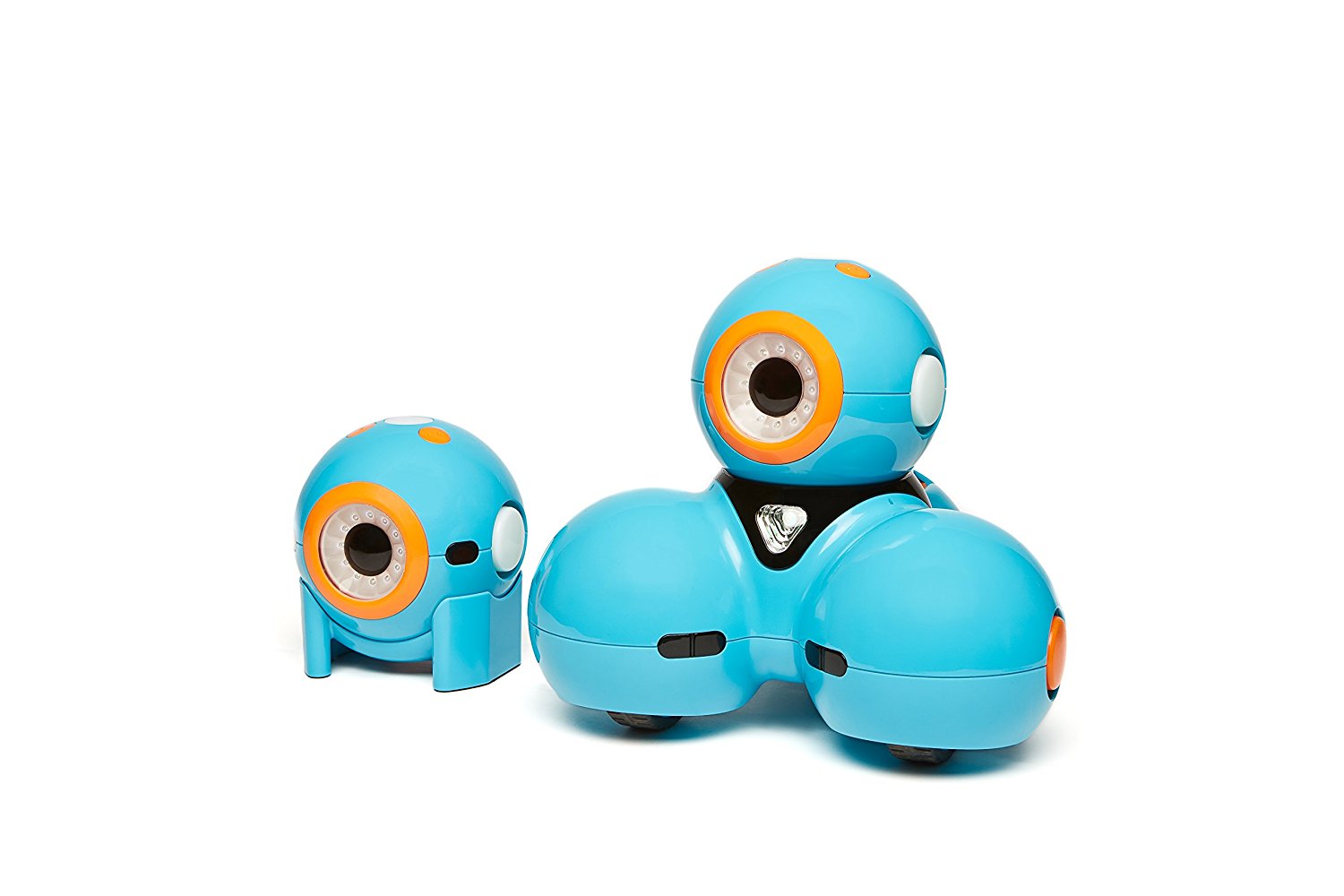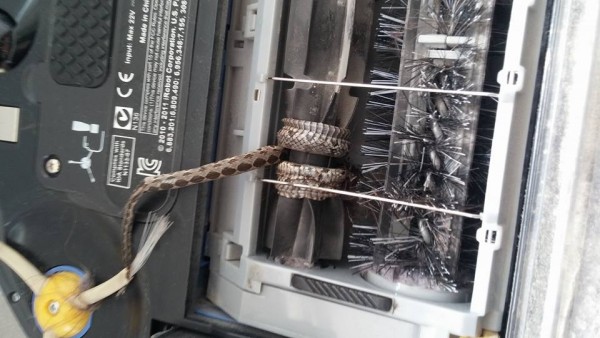Researchers once again draw inspiration from nature, as they create a caterpillar soft robot that will be used in search and rescue missions.

The main problem experienced by robotics engineers when creating soft robots was not the adaptability to the environment, nor the flexibility. Most such robots proved to be very slow, so the main focus of the researchers from the Tufts University, Massachusetts was on increasing the speed of the caterpillar robot. This way was born GoQBot, the robot that is not only shaped as a caterpillar, but also moves like one.
The ones who are curious why the researchers picked such an insect as their model of inspiration should see the above video. Caterpillars have a special defence mechanism that was used in the creation of the GoQBot. Whenever a caterpillar encounters a predator and feels that it is in danger, it curls itself into a wheel, fact that allows it to move much faster.The ballistic rolling, as this process is called, was exactly what researchers used for increasing the speed of GoQBot to approximately half a meter per second.
The caterpillar robot measures 10 cm and has a soft body made from silicone. On its side, it features 5 infrared emitters that allow 3D tracking systems to assess the movement pattern. A force plate was also deployed in the experiment, to determine the force generated by the robot when it turned into a ballistic roll. The transformation takes place in around 100 ms, which is impressively quick. Those who wonder why caterpillars do not use ballistic rolling as the default way of moving around must know that this is only practical on level surfaces. Besides, it requires a lot of force. Not at last, caterpillars are not able to predict the place where they will land, which is yet another reason not to use ballistic rolling all the time. However, the initiative of these researchers is certainly worth praising.
If you liked this post, please check the hexapod robot and the DIY Spiderbot.
Via: PhysOrg










